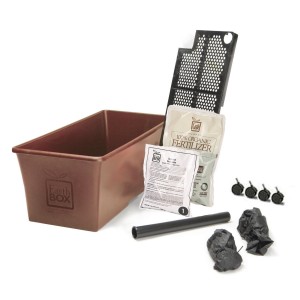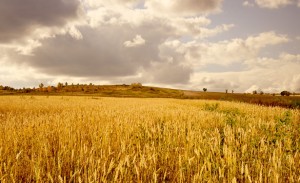 This is one of those stories that’s almost too ridiculous to believe until you remember that China has shown a great lack of concern for health in food products (remember the dog food scare, melamine in baby formula, pesticides in tea, and so on). Now, in an effort to boost profits, some fish farms in China are using pig and goose feces as fish food. Nutritious? Perhaps, but this does increase the risk of bacterial infections like salmonella…and is just plain gross.
This is one of those stories that’s almost too ridiculous to believe until you remember that China has shown a great lack of concern for health in food products (remember the dog food scare, melamine in baby formula, pesticides in tea, and so on). Now, in an effort to boost profits, some fish farms in China are using pig and goose feces as fish food. Nutritious? Perhaps, but this does increase the risk of bacterial infections like salmonella…and is just plain gross.
The article in Bloomberg also describes shrimp processing facilities in Vietnam, where the shrimp are packed in dirty tubs, covered with ice made from local tap water.
The FDA does inspect imported food, and has rejected a lot of shipments, but the thing is, the FDA only rejects about 2.7% of imported food.
“Made in China” – ok for cheap plastic junk, but not for food! Not until they start taking health and quality seriously.
(via Bloomberg)




